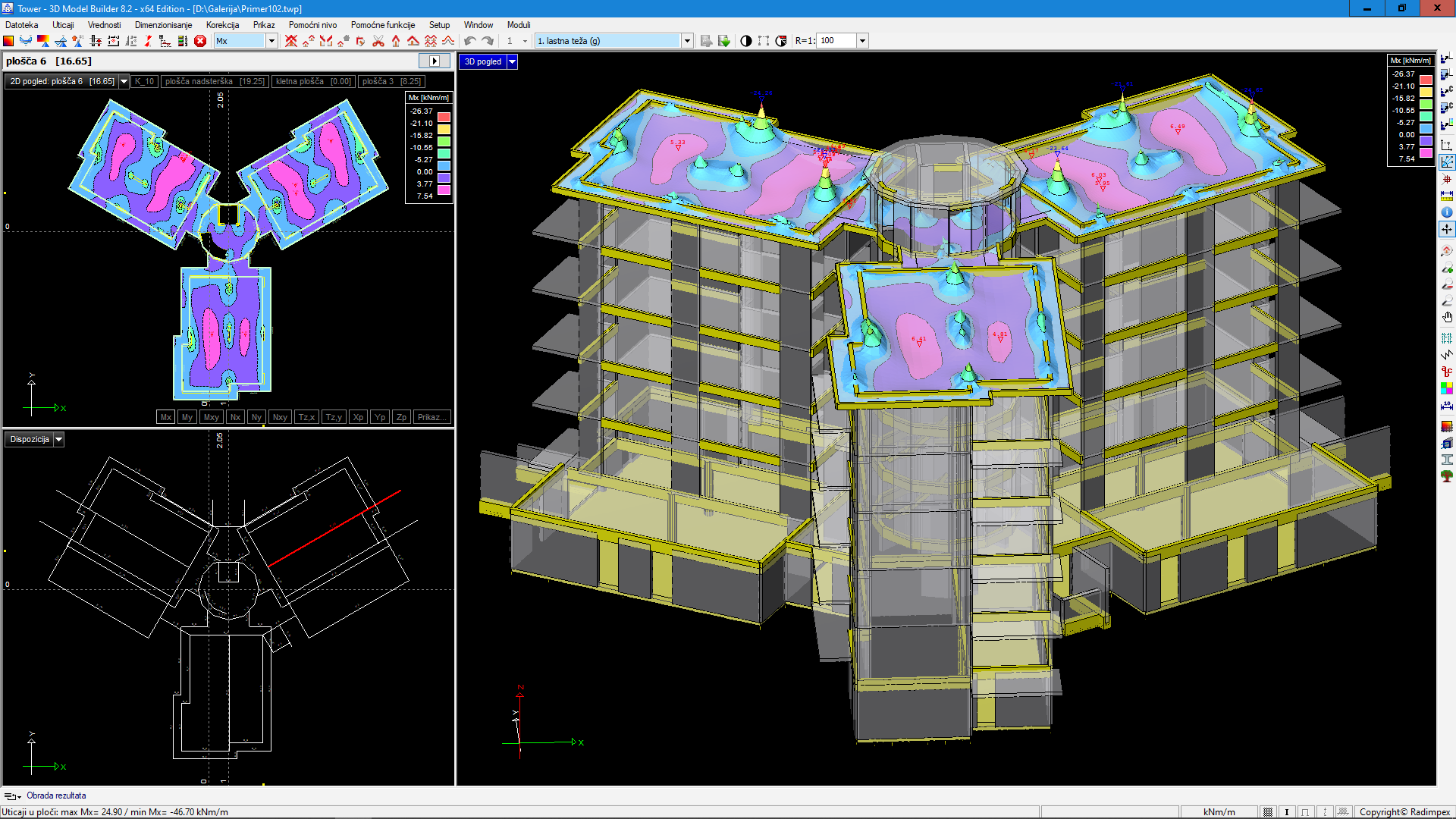

Why conduct insulation coordination study? The power grid is subjected to lightning strikes and temporary over-voltages. It isolates the energized conductor or bus from touching the grounded structure. If the load flow study prescribes a lower rating, you should discard the results in favor of RTO requirements.įigure 3: Insulation in the power grid is ubiquitous. For example, this design criteria document for transmission owners (under PJM) mandates continuous current for line terminal equipment. Note: Minimum ratings are also standardized by the Regional Transmission Operator (RTO).

– Determine pickup settings for overcurrent relays – Determine trip MVA for transmission lines – Procure substation equipment rated to withstand continuous current Outcome of load flow study The study furnishes voltage drop, continuous current, and power factor at different nodes in the grid. This results in a voltage drop at the receiving end of the line. This increase in power (consequently the continuous current) overheats underrated equipment and causes the insulation to deteriorate or fail.įurthermore, some amount of power is lost as heat on the transmission lines. When load increases, the equilibrium shifts to a new high, with generators ramping up to keep up. Why conduct load flow study? The grid operates in equilibrium. Orange arrows indicate an overloaded line. – Perform other studies such as bus calculations and ground grid studyįigure 2: Load flow study – oneline showing power flow. – Procure substation equipment rated to withstand, and when designed for, interrupt fault current Outcome of short-circuit study The study furnishes momentary and interrupting fault current magnitudes along with impedance to the fault location (either in symmetrical components X1-X0 or X/R ratio). Under-rated equipment subjected to this sudden current in-rush may catastrophically fail. – motors (which store energy in the magnetic field) backfeed into the fault. – generators pump current into the fault. Rotating loads like induction motors are integrated as well. Image courtesy: Electrocon Why conduct short-circuit study? Hundreds, if not thousands, of generators are tied to the power grid. Arrows indicate the direction of the flow. Figure 1: Short circuit study – oneline depicting the flow of fault current.


 0 kommentar(er)
0 kommentar(er)
